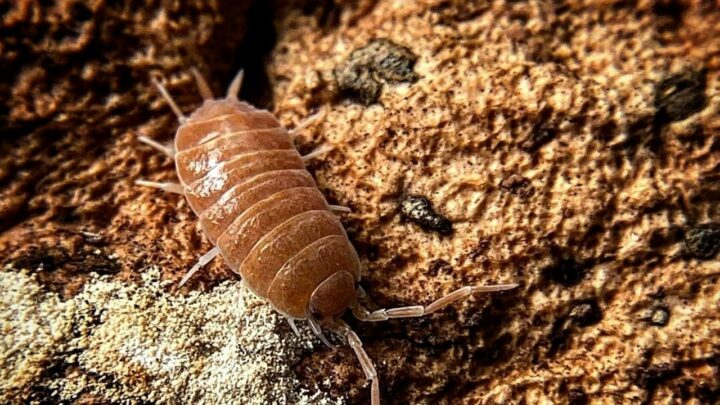Powder Orange Isopods are a type of woodlouse that are fast-growing, quick to reproduce, and easy to maintain.
Also known as Porcellionides pruinosus, these isopods originated from South Asia. They are sturdy, rugged critters known for their glossy orange coats, perfect for beginners managing ecosystems.
They can survive in many different environments, including dry and tropical climates. This makes them amazing choices for a bioactive terrarium.
Being hungry and tenacious creatures, these isopods will clean up waste and decaying plant matter meticulously. This will help you keep your ecosystem healthy and vibrant.
In this article, I will be taking you through all the things you ought to know about caring for Powder Orange Isopods.
You will also learn about how to care for them and allow them to help keep your ecosystem thriving!
Powder Orange Isopods Care
The Powder Orange Isopods are extremely active and fast-moving. They prefer leaf litter and rotting wood for nutrition. They can be placed inside glass terrariums or plastic bins with temperatures between 65-80 degrees Fahrenheit and slightly humid as ideal conditions for them to survive.
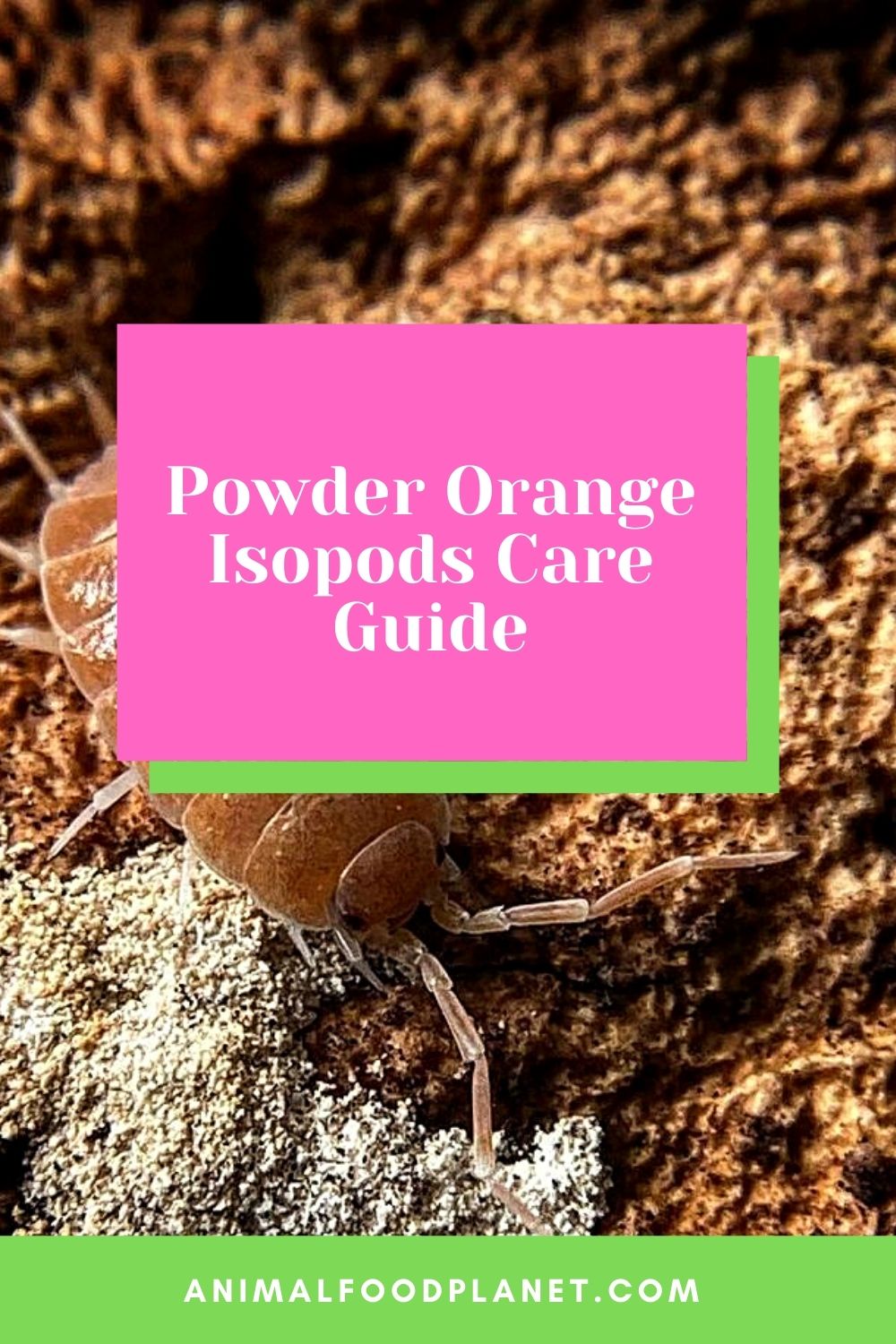
Powder Orange Isopods Care
Powder Orange Isopods Care Guide
About Powder Orange Isopod Size
Isopod sizes will vary between species. Typically, a terrarium-based isopod will reach around 1-2cm in length.
The Powder Orange Isopod is average-sized, with adults reaching a maximum of 1.2 cm.
When you purchase your isopods, you may get varying sizes as they can range from babies to adults.
Compared to other isopods, the Powder Orange is relatively small. However, they are fast growers and will begin reproducing very quickly.
Your isopods can grow to full length within a span of 3 months.
In my experience, you can expect them to start producing babies within the first couple of months.
The Lifespan of Powder Orange Isopod
You can expect most isopods to survive for several years. Most woodlouse species live for 3 to 4 years on average.
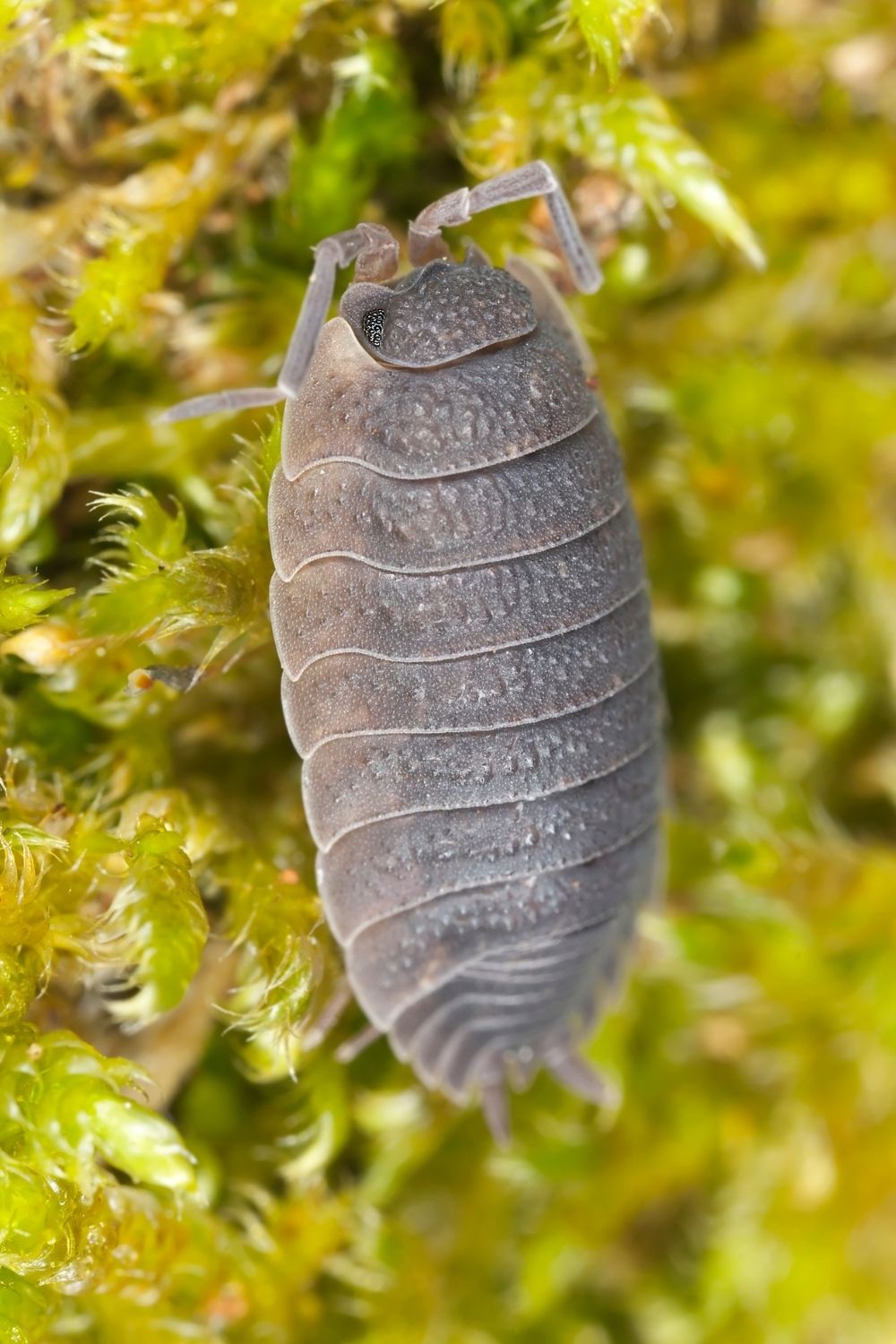
Most woodlouse species, including the powder orange isopods, live for an average of 3-4 years
You could also say the same for the Powder Orange species. But, if they are well cared for and have optimum living conditions, they can survive for up to 5 years.
Every isopod has similar characteristics, but depending on the species, you may have to change their living conditions.
By ensuring that your Powder Orange isopods’ ideal conditions are met, you will have long-lasting creatures to add to your ecosystem.
Difficulty of Caring for Powder Orange Isopods
When choosing your isopods, the level of care required is an important factor. If you’re new to breeding them, you shouldn’t purchase isopods that require special care.
Powder Orange Isopods are a good choice for beginners because they require a hands-off caregiving approach. They are tough creatures that can adapt to most environmental conditions.
But, take note that their exoskeletons are quite soft. They are certain types of isopods with more armor around their bodies, but this is not the case with the Powder Orange.
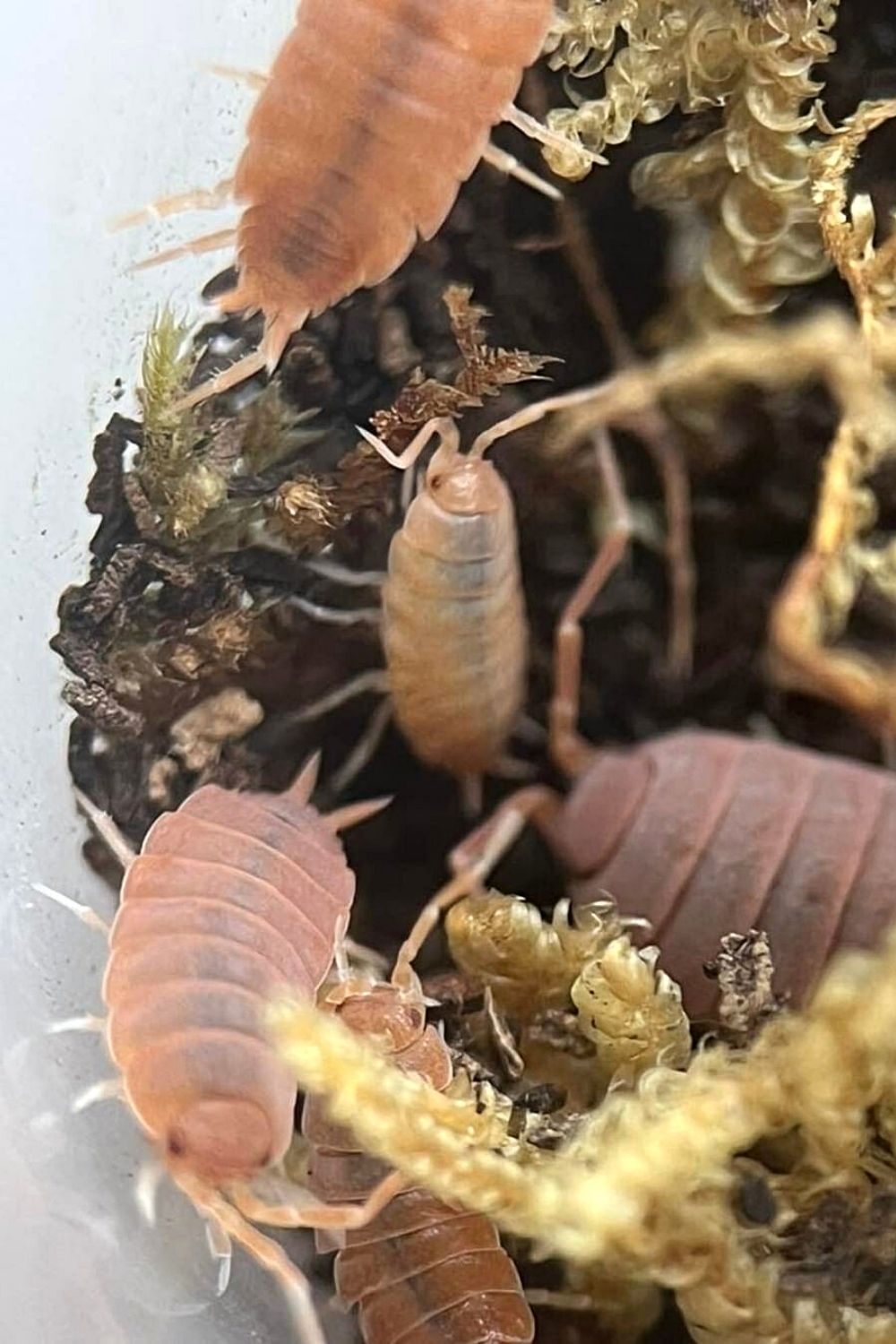
Photo Credit: @spider.shack on Instagram!
This allows them to move around lightning fast. But, be careful when you’re moving or carrying them around.
I have made the mistake of picking them up too hard or too fast, essentially killing them in my hands.
Also, make sure you place them gently onto the bottom of the habitat. Don’t simply throw them in as this can potentially kill them as well.
Best Enclosure for Powder Orange Isopod
These isopods can be placed in either glass enclosures (visible) or plastic containers (closed off) depending on your requirement.
Glass is a good housing material for isopods as they are not able to climb glass walls.
Since they are quite small isopods, you can use small to medium-sized containers to store them in.
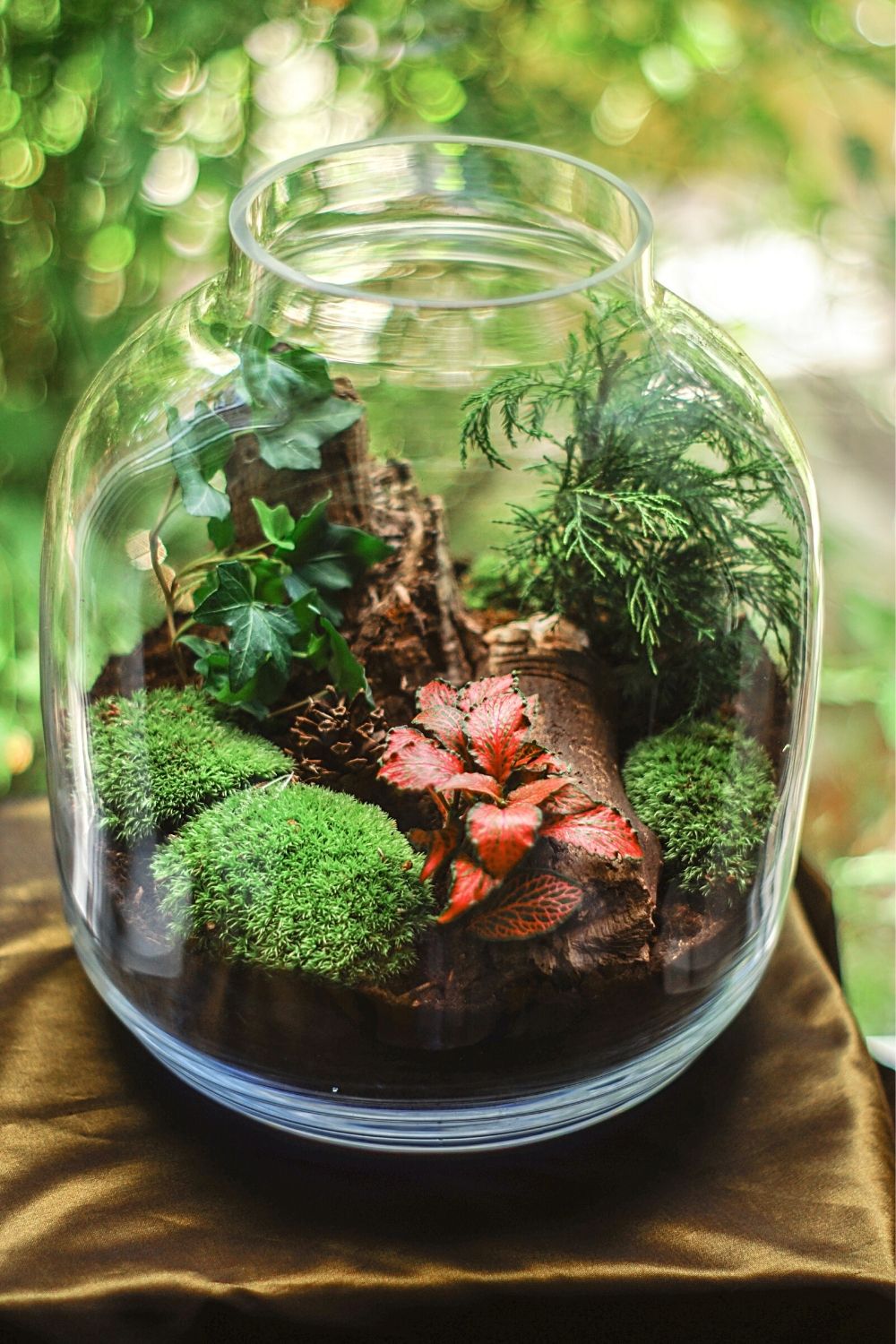
You can use small to medium-sized containers to store your powder orange isopod
You can keep them alongside other reptiles or amphibians in their enclosures. However, your powder orange isopods can be seen as food and eaten by some animals.
You also need to ensure that they get proper ventilation inside their habitat. Though you shouldn’t make the air holes too big as they are adept at finding exit points.
What I would suggest is creating multiple small holes (not larger than an inch) around the top of the enclosure. Then place a mesh over the holes to stop them from escaping.
Ideally, you should purchase a larger container or habitat. This is for when they begin breeding as they would require a much larger space.
Substrate
To keep your isopods healthy, you need sufficient nutritious substrate that they can live in. This serves as both a home and a food source for your isopods.
The Powder Orange Isopod typically lives among the top layers of the substrate. You need to ensure that it is at least 3 to 4 inches deep so that they can burrow inside.
Your substrate should ideally include some of the following:
- Tree fern fiber
- Peat moss
- Coconut Fiber
- Charcoal
- Wood bark
- Maple leaf litter
You can use equal parts of each with most of the leaf litter being the topmost layer.
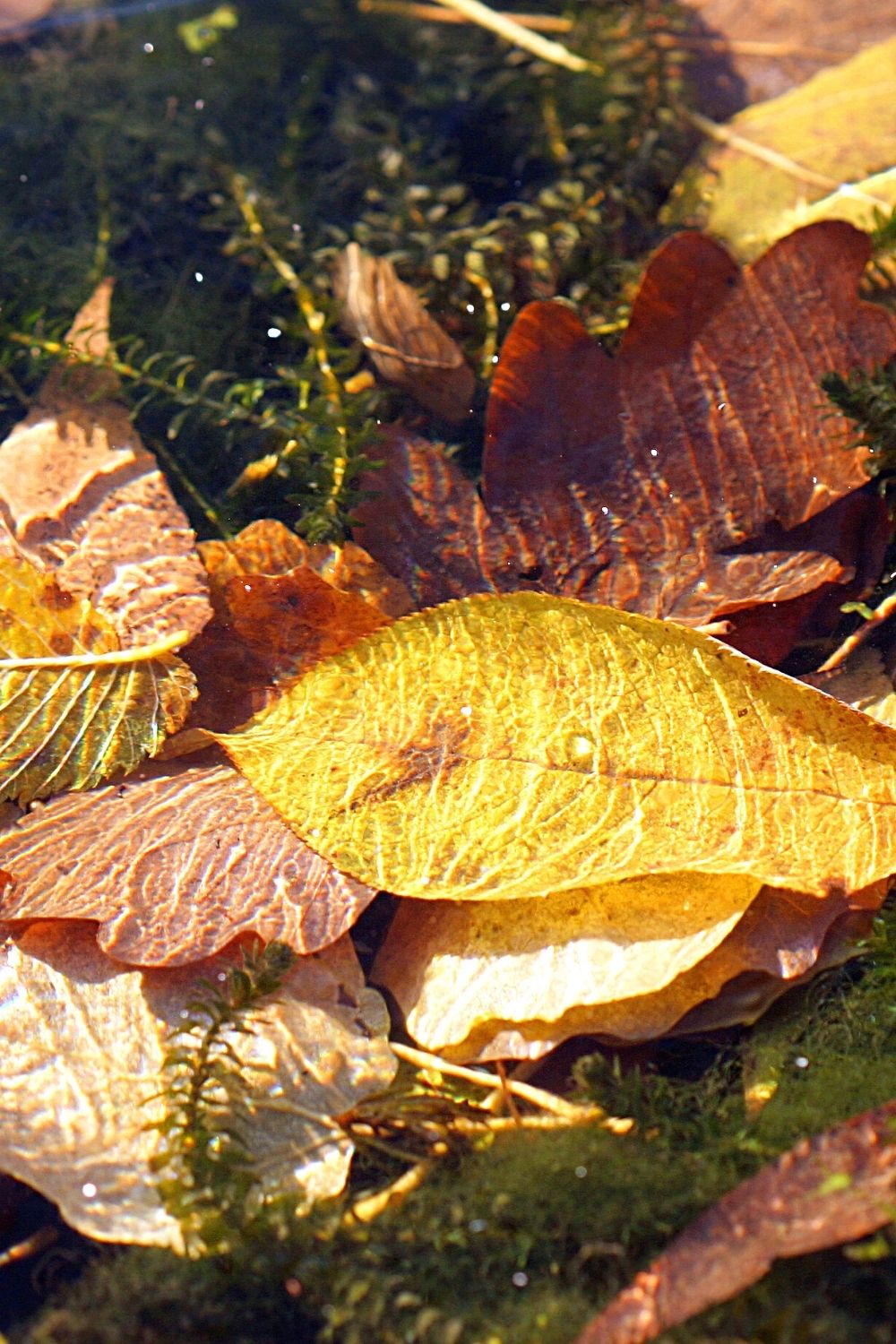
Leaf litter should be the topmost layer of a powder orange isopod’s substrate
You can choose to make your own substrate using the above-mentioned items. Or you can purchase something called the ABG mix, which comes with these ideal products.
The isopods will not be using the substrate as their main food source. But, they require a place to hide inside as well as an area that can absorb moisture.
This is why the substrate is a necessary addition to your habitat for healthy living conditions.
Temperature
The easiest part about managing Powder Orange Isopods is regulating temperatures. They are quite tolerant to most environments ranging from dry to slightly humid.
Ideally, they should be in warmer conditions. I would recommend keeping them at about 70° Fahrenheit.
That being said, you do have some leeway between 65° to 80° Fahrenheit (18° to 27° Celsius).
They can be kept in cool temperatures too, such as when you want to place them in habitats with other animals. But, if it’s too cold, your isopods will die.
Additional UVB lighting is also not a requirement. They are generally not that difficult to take care of, and you will probably not need additional equipment.
Humidity
One of the easiest ways to kill isopods is not making sure there is enough humidity. Isopods need some level of moisture to remain healthy.
The humidity level will vary between different isopods, but the Powder Orange type only requires a medium level. If you keep the humidity levels above 50%, your isopods will survive.
This is a relatively easy measure to maintain, even inside closed habitats.
You can keep up this humidity level by spraying a certain section of the habitat with water. Don’t douse the whole container with water. That would be too much.
They require both the slightly damp and the dry sections for ideal conditions.
This is why it is important to also have small rocks and pieces of bark in the substrate. Under these items, the area will be quite dry.
Your isopods can seek shelter in these areas when they aren’t looking for moisture.
View this post on Instagram
Powder Orange Isopod Diet
Powder Orange Isopods are quite popular because they are great feeders. They will eat almost any type of decaying matter and are perfect additions to terrariums and habitats.
You wouldn’t expect them to consume as much food due to their size, but expect to be surprised once you begin feeding them.
Their main diet will consist of leaf litter, rotting wood, plant matter, and excrement. They are known to be detritivores meaning they are originally waste eaters.
Ideally, you should be providing them with a mix of foods to keep up their nutrition, but it’ll depend on how you stored them.
If they are living independently without other animals, then you should include:
- Digested and decaying wood and bark, dead leaves – For fiber-rich food
- Small pieces of vegetables and fruits such as sweet potato, peas, carrots, pumpkin, and apples.
- Shrimp meal, fish flakes, yeast-based foods – For protein
If they are living in habitats with other animals and vegetation, they will have plenty of food sources already. The excrement and decaying matter from plants are excellent food sources.
Though you should still supplement this diet with leaf litter and other similar foods every couple of weeks.
They also require sufficient calcium for growth, so include sepia (even in powder form).
Plant-based food is ideally the best food you can provide for your isopods. Make sure you place only small food amounts at a time.
You will need to replace vegetables and fruits every few days before they start to attract other critters.
Breeding
Due to how easy it is to get these isopods to start breeding, expect to have babies even in the first month.
You can identify a female isopod through a white leaf-like growth between its legs. These usually form in females once they have reached adulthood.
Males don’t have them.
Isopods can begin breeding within as quickly as two weeks. Up to 4 litters every year can be expected of your powder orange isopods.
Each litter will contain anywhere around 200 babies at a time. These babies will be carried by their mother on a pouch located on the underside of female isopods.
It will take around 4-7 weeks for the eggs that were laid to hatch. After that, they will be carried in the under pouch for a further 6 weeks.
In my time breeding them, I have found that the hatched babies are typically white. They will begin to take on the orange color as they grow older.
Ideally, you should have a minimum of 10 to 20 isopods to begin the breeding process. So make sure you purchase enough of them when you place your first order.
If you’re breeding them to act as waste feeders for habitats, then 20 isopods should be sufficient for your purposes.
But, if you are also breeding them as food for your other reptiles, you should wait until at least one of your litters has grown to adulthood.
This way you will have sufficient isopods for food as well as for cleaning.
Frequently Asked Questions about Powder Orange Isopod Care
Will isopods consume other isopods?
When placed in the same container together, isopods will generally not attack or consume each other. However, if an isopod dies, the others will potentially eat the dead body. Or if they aren’t given enough food, they will consume other isopods.
Can you have too many isopods in one habitat?
The number of isopods that will survive is directly linked to the size of the habitat and the amount of food provided. The total number of isopods will be culled depending on what you provide. It’s ideal to use fewer isopods than your habitat can hold to account for reproduction.
Are isopods able to crossbreed?
Even if you have multiple species of isopods living together, they physically cannot breed. They can breed among the same species, but there has been no recorded evidence of crossbreeding.
Conclusion About Powder Orange Isopods Care
The Powder Orange Isopods’ ability to break down organic waste matter quickly is one of the main reasons for its popularity.
Owing to how easy they are to maintain and breed, they should be the ideal first choice for anyone getting into isopod breeding.
Just ensure that all their living conditions are met, and you can have a healthy group of isopods ready for your requirements.
As long as you have one male and female in the colony, the numbers will quickly increase in a few months.
Read about Rubber Ducky Isopod care next.

